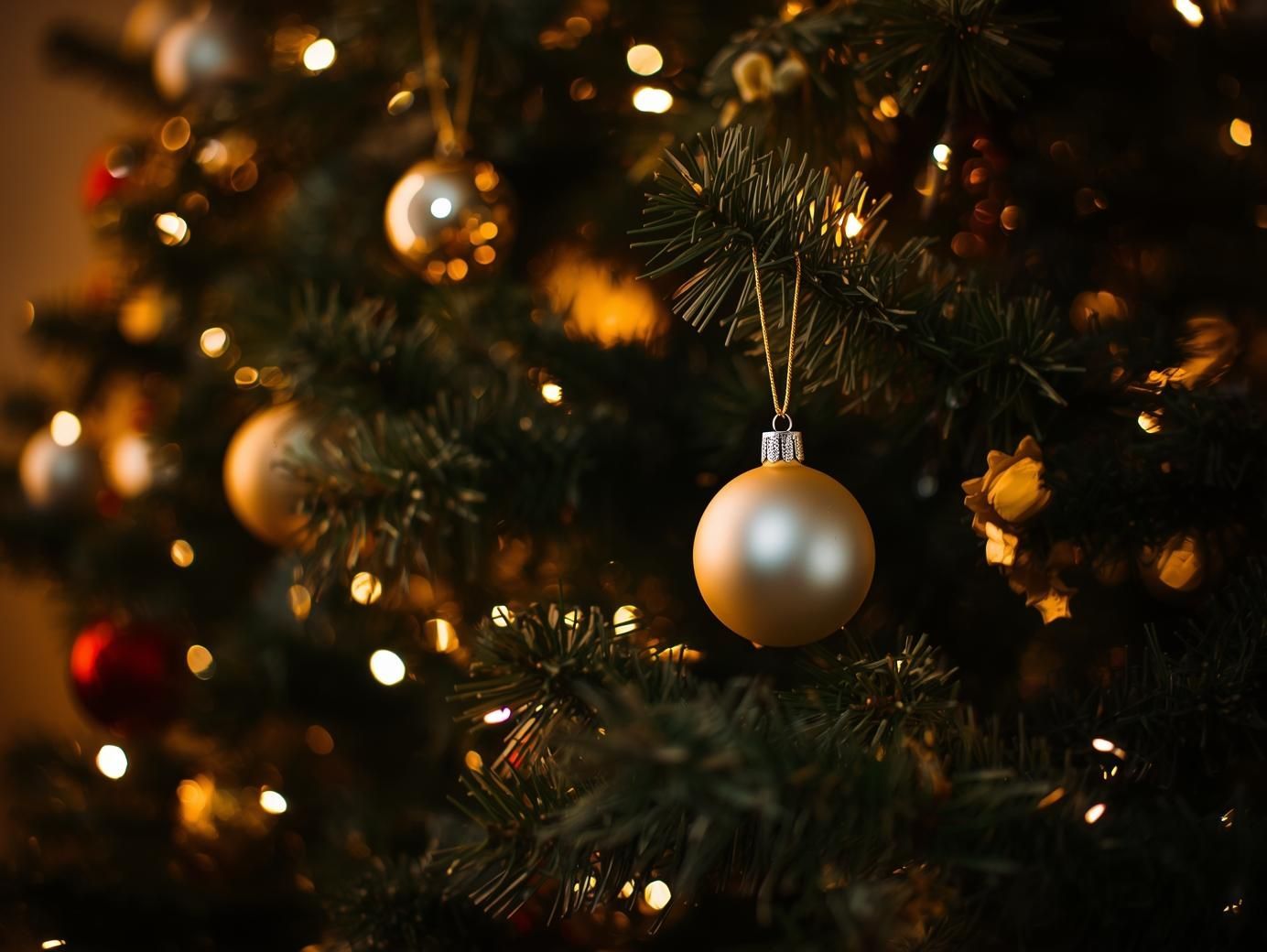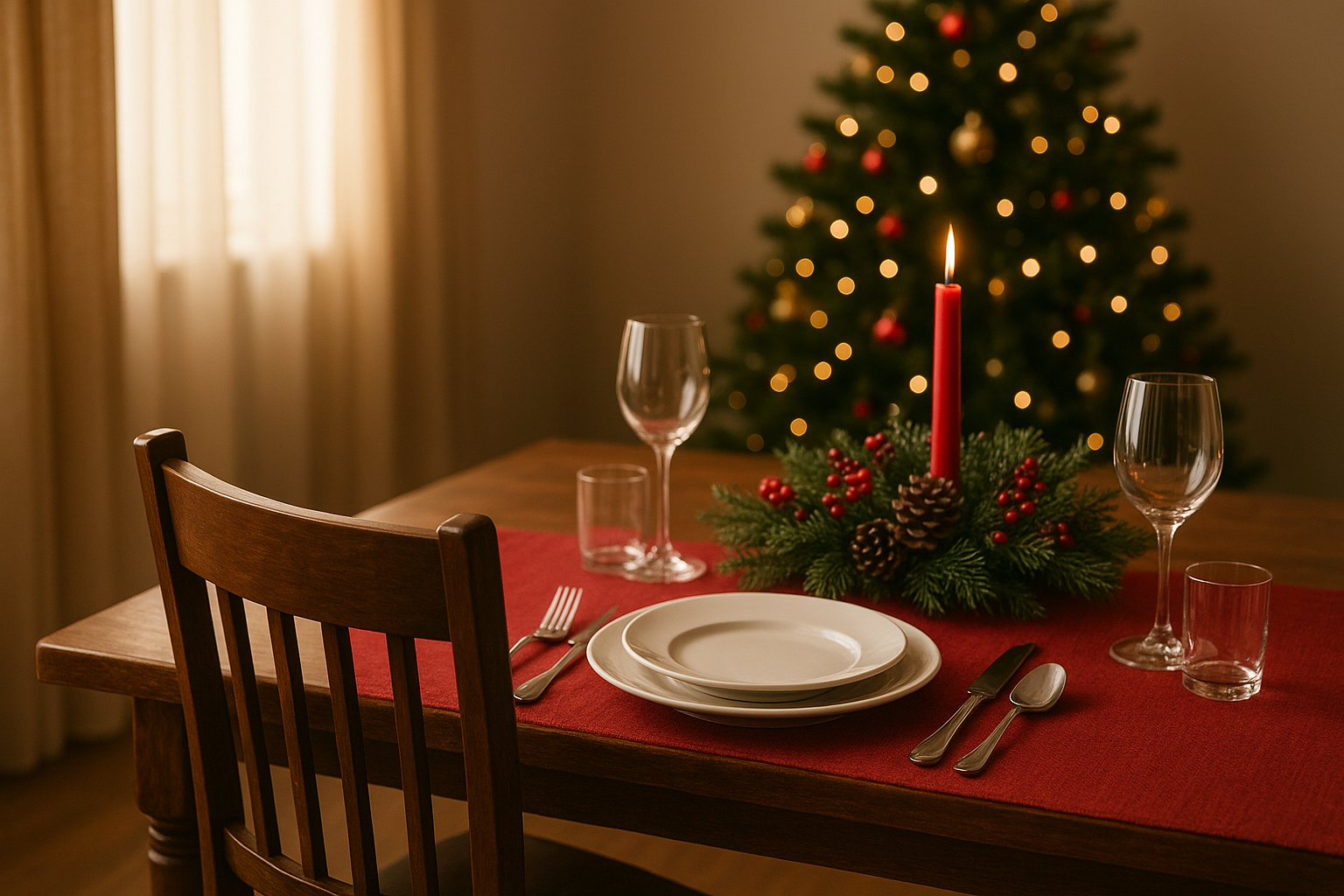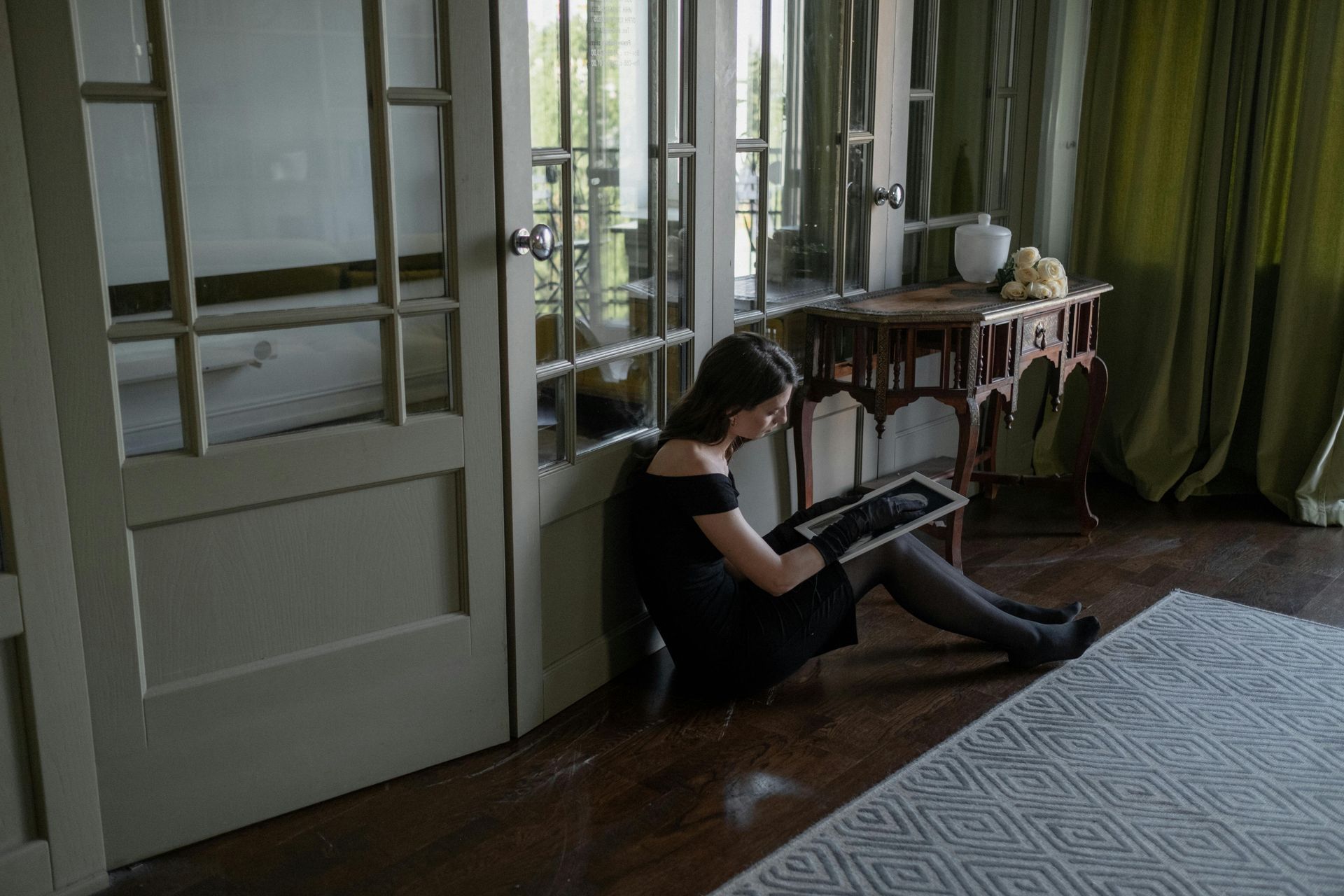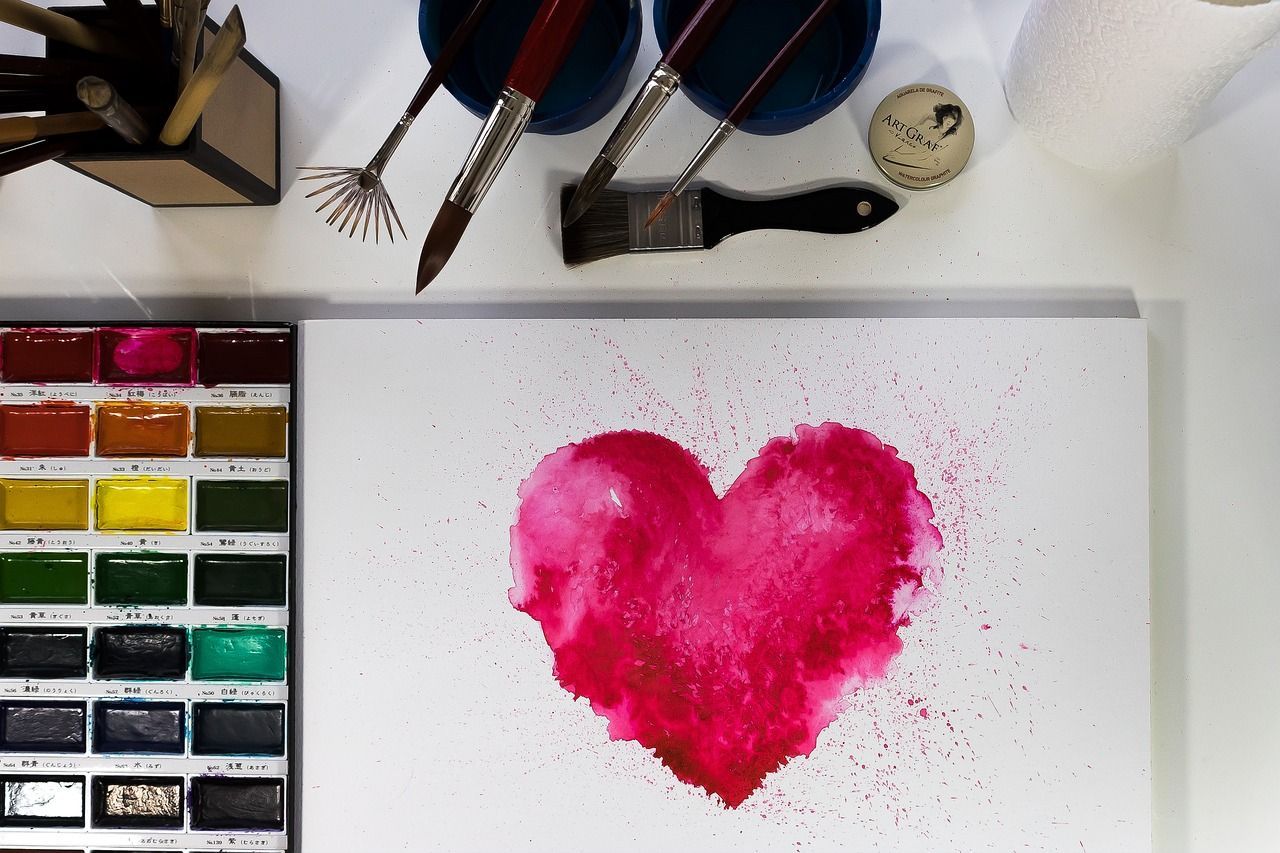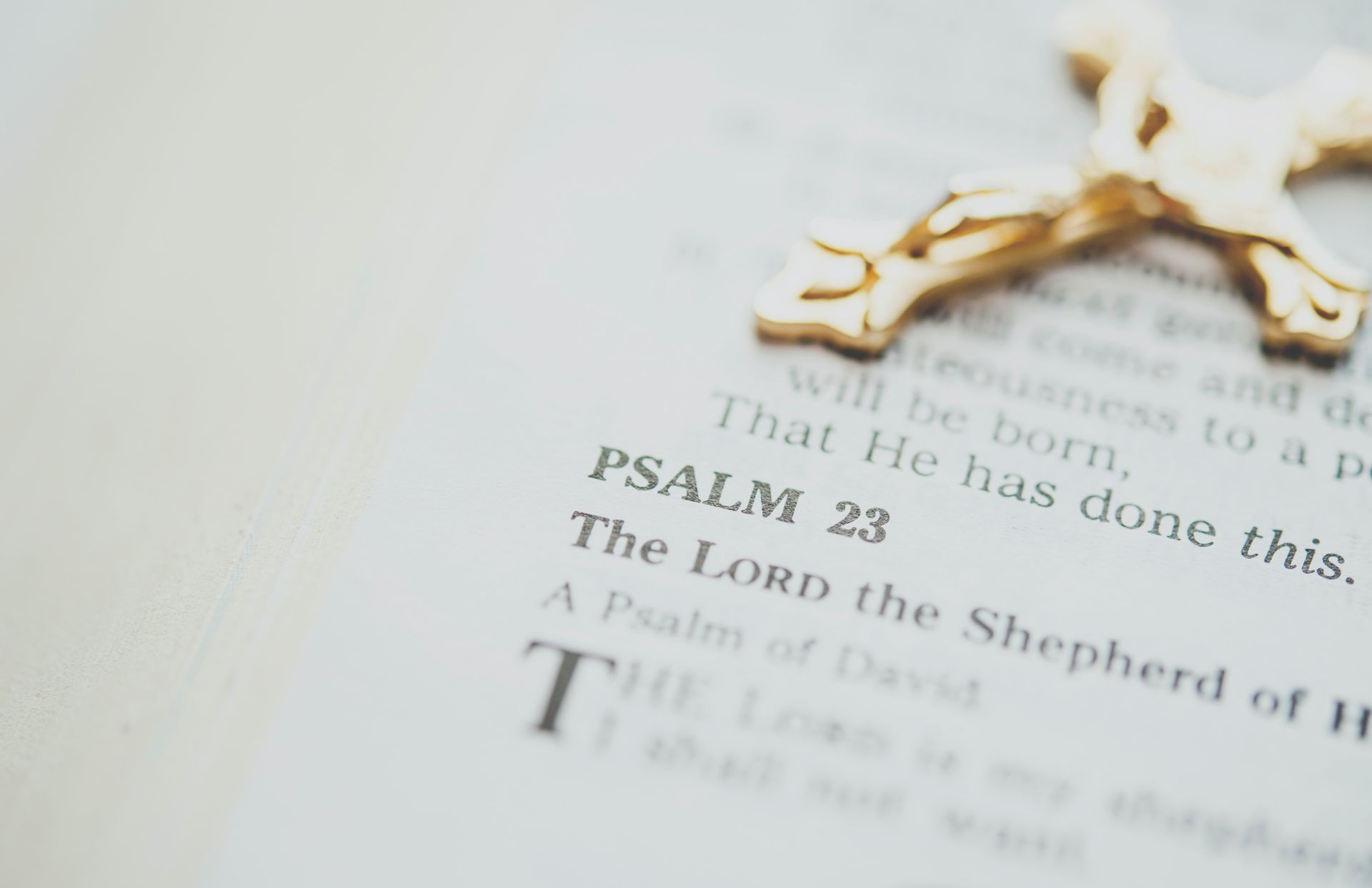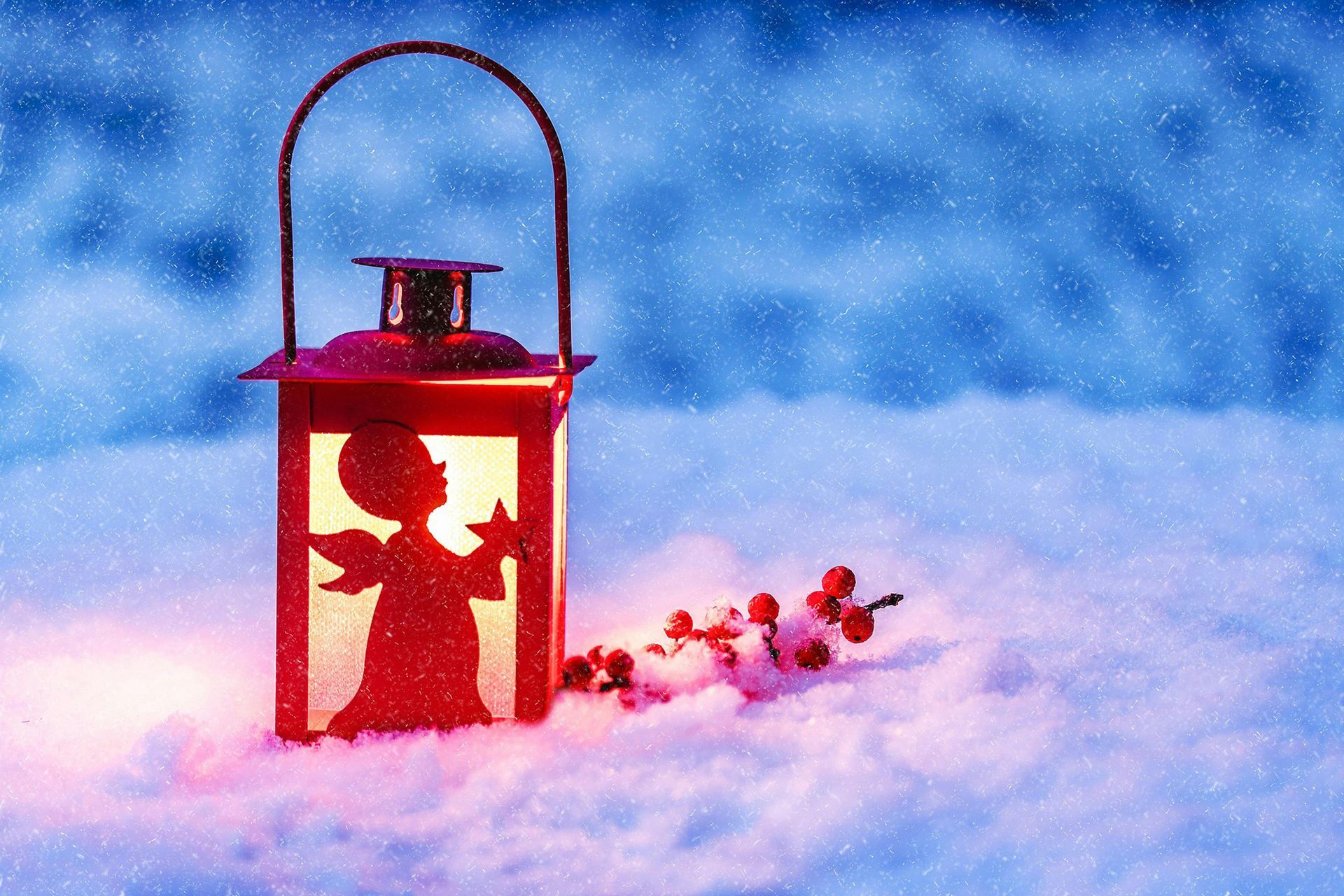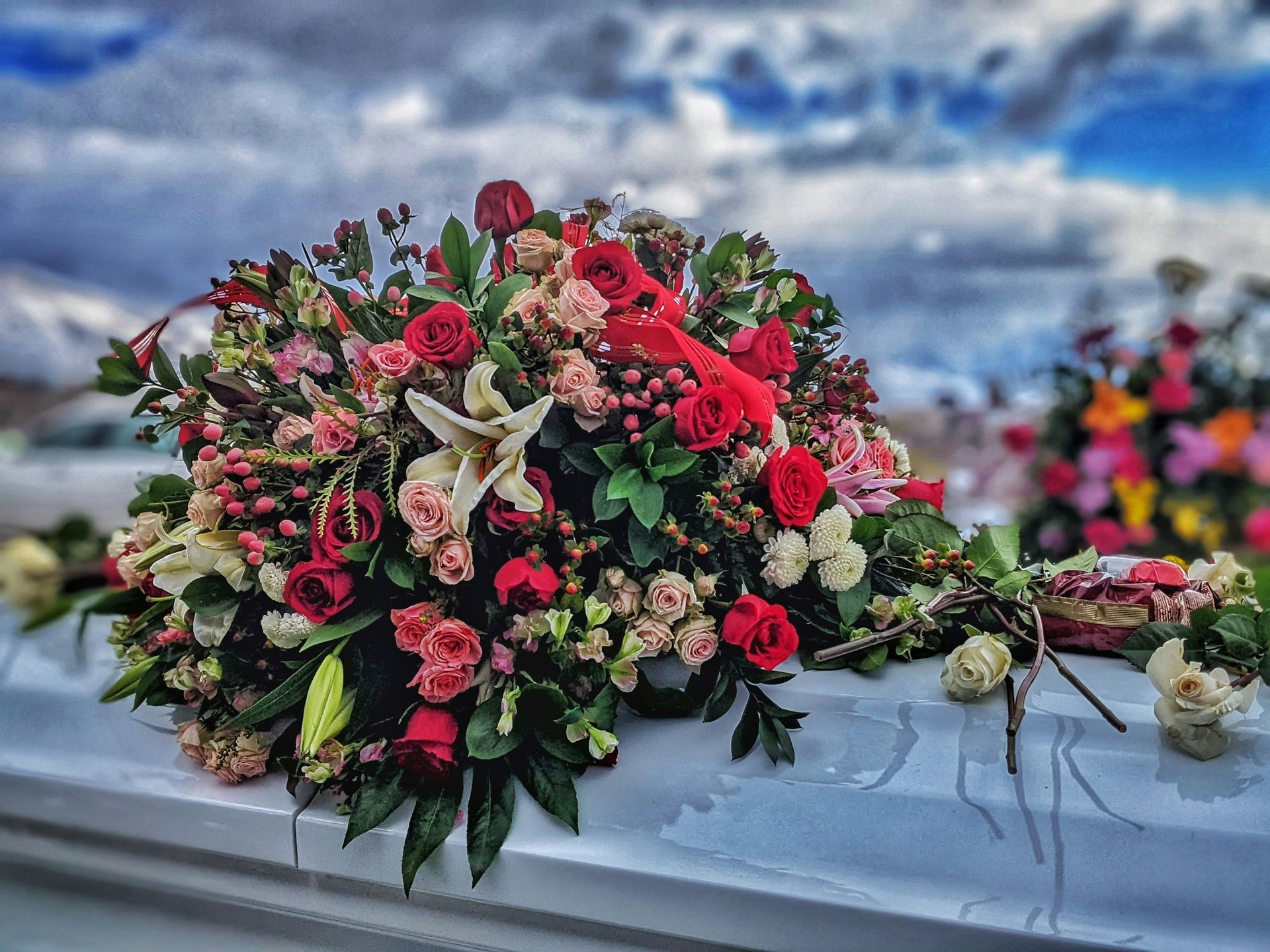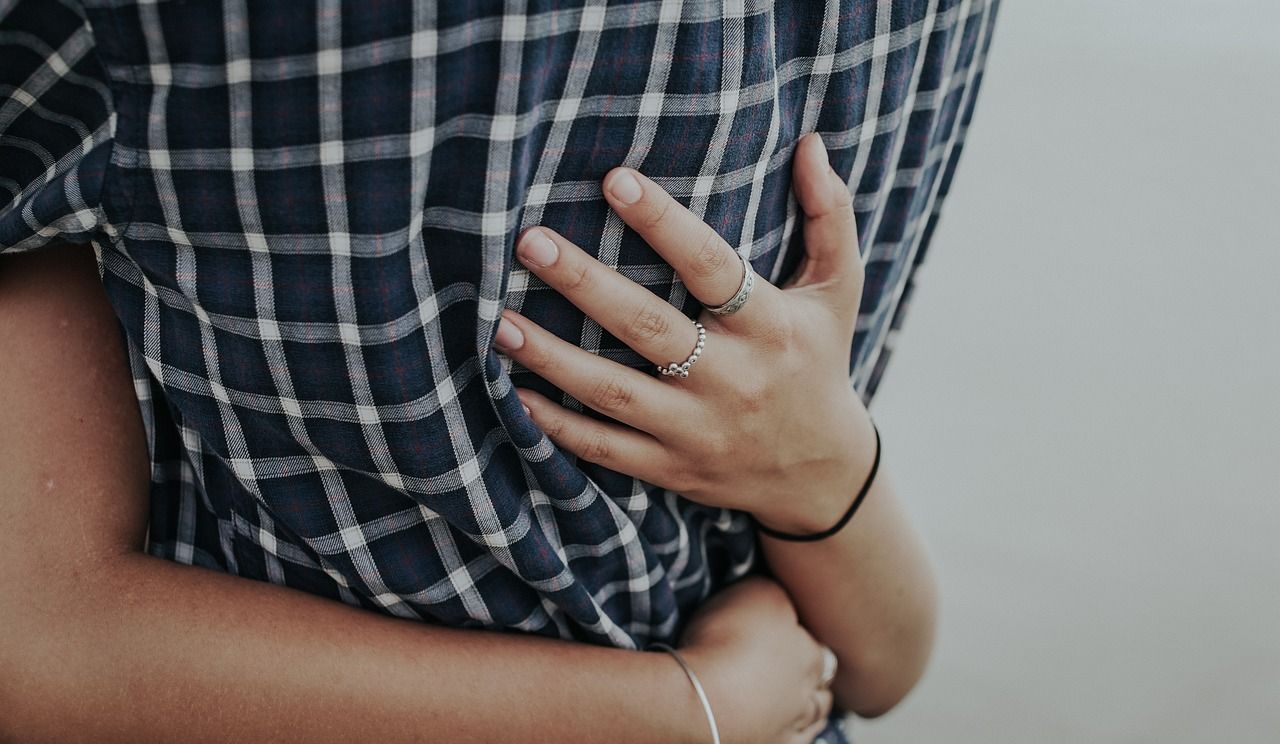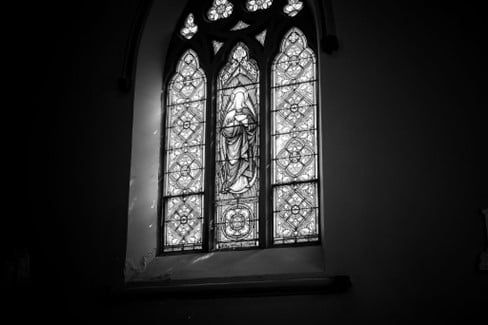
Funeral traditions have been an integral part of human culture for centuries, serving as a way to honor and commemorate the lives of those who have passed away. These customs provide solace and closure for grieving families and communities. However, just like any other aspect of human civilization, funeral traditions have evolved over time, adapting to societal changes, cultural shifts, and advancements in technology. In this article, we will explore the fascinating journey of funeral customs, from ancient rituals to the modern-day practices we observe today.
- Ancient Funeral Customs: Funeral traditions date back to ancient times, where various civilizations developed rituals to honor their deceased loved ones. Ancient Egyptians, for example, are renowned for their elaborate funeral ceremonies, which included mummification, burial in ornate tombs, and the belief in an afterlife. Similarly, the ancient Greeks and Romans held funeral processions, complete with eulogies, cremations, and commemorative feasts.
- Religious Influence on Funeral Customs: As religion played a significant role in shaping society throughout history, it also influenced funeral customs. Christianity, for instance, introduced the concept of burying the dead in consecrated grounds and holding religious ceremonies to commemorate the departed. Other religions, such as Islam, Judaism, Hinduism, and Buddhism, each have their own unique funeral rituals and practices that reflect their beliefs about death and the afterlife.
- Victorian Era and the Elaboration of Mourning: During the Victorian era (1837-1901), mourning rituals reached their peak in terms of elaboration and formality. The death of a loved one was seen as an occasion for public display of grief and respect. Mourning attire, such as black clothing and veils, was worn for an extended period to signify mourning. Elaborate funeral processions and memorials became common, and the practice of sending sympathy cards gained popularity.
- Modernization and the Changing Funeral Industry: With the advent of the industrial revolution and modernization, funeral customs gradually began to change. The funeral industry emerged, introducing new practices, such as embalming, to preserve the deceased for longer periods. Funeral homes replaced the traditional practice of holding wakes at home, offering specialized services to assist families in planning and organizing funerals. Cremation also gained popularity as an alternative to burial, reflecting a shift in attitudes towards the disposition of the deceased.
- Personalization and Celebration of Life: In recent decades, funeral customs have evolved further, emphasizing personalization and celebrating the life of the deceased. Families now have more options to create unique and meaningful ceremonies that reflect the personality and interests of their loved ones. Memorial services often include multimedia presentations, personalized music playlists, and the display of cherished mementos. Additionally, alternative funeral practices, such as green burials or scattering ashes in nature, have gained traction as people seek more environmentally conscious options.
- Technology and Digital Tributes : The digital age has had a profound impact on funeral customs, allowing for new ways of honoring and remembering the deceased. Online memorial websites and social media platforms provide spaces for friends and family to share memories, condolences, and photos. Livestreaming of funeral services enables those unable to attend in person to participate remotely. Technology has transformed the way we grieve and memorialize, creating virtual communities where support and remembrance can be shared across great distances.
The evolution of funeral traditions reflects the dynamic nature of human society. From ancient rituals rooted in religious beliefs to modern-day personalized celebrations of life, funeral customs have adapted and changed over time. As we continue to embrace advancements in technology and cultural shifts, funeral traditions will undoubtedly continue to evolve. However, at their core, these customs remain a testament to the universal human need for solace, remembrance, and the honoring of those who have passed away.

